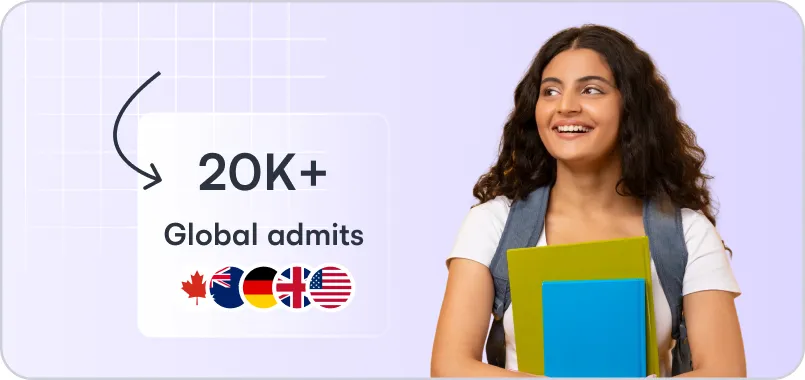Choosing between the F-1 and J-1 visa depends heavily on the type of programme you're pursuing, your funding source, and long-term goals like work or immigration. Both visas offer access to U.S. education, but their suitability can vary course-wise. Let’s break down which visa is more appropriate for specific academic levels and programmes:
1. J-1 vs F-1 for Master’s Programmes
F-1 is generally better for most master’s programmes. It offers greater funding flexibility (personal, family, institutional aid). Easier transition to Optional Practical Training (OPT) and H-1B after graduation. No mandatory home residency requirement.
Choose J-1 only if:
You are fully sponsored by a government or international agency.
You are part of a specific exchange or fellowship programme that issues a DS-2019.
2. J-1 vs F-1 for PhD Programmes
F-1 provides long-term academic and research continuity, especially for those planning postdoc work or industry careers in the U.S. It offers OPT/STEM OPT options after completion.
J-1 may be suitable if:
You're on a short-term research exchange or Fulbright/DAAD-type fellowship.
Your funding is mostly external, and your intent is to return to your home country post-research.
Important note: J-1 holders may face the two-year home residency rule, making long-term U.S. research careers harder without a waiver.
3. J-1 vs F-1 for Undergraduate Degrees
F-1 is the standard visa for bachelor’s degree programmes in the U.S. It allows for 4 years or more of continuous study. It has on-campus and post-study work flexibility through CPT and OPT.
J-1 is rare at the undergraduate level and mostly applies to:
Short-term student exchange agreements between universities.
Sponsored students under special exchange programmes.
4. J-1 vs F-1 for MBAs
F-1 is preferred for MBA students, especially those aiming to build a career in the U.S. You gain eligibility for OPT and possibly H-1B sponsorship in business/finance/tech roles. There are no restrictions on post-MBA job search or employer sponsorship.
Please note: J-1 may be used by executive MBAs or corporate-sponsored candidates participating in exchange-based modules, but it is less flexible for long-term goals.
J-1 vs F-1 for Language Courses
F-1 is better if you're enrolling in full-time English language training at SEVP-certified schools. It allows extended enrolment and a clear pathway to academic programmes afterward. J-1 may be used for short-term language training under government or educational exchange programmes.
J-1 vs F-1 for Research/Academic Training
J-1 is ideal for short-term academic training, postdoctoral research, or visiting scholar positions (6 months–5 years). It encourages global academic exchange and institutional collaboration. Also, comes with sponsor oversight and possible 212(e) requirement. F-1 may not be suited for purely research-only roles unless tied to a degree programme.








